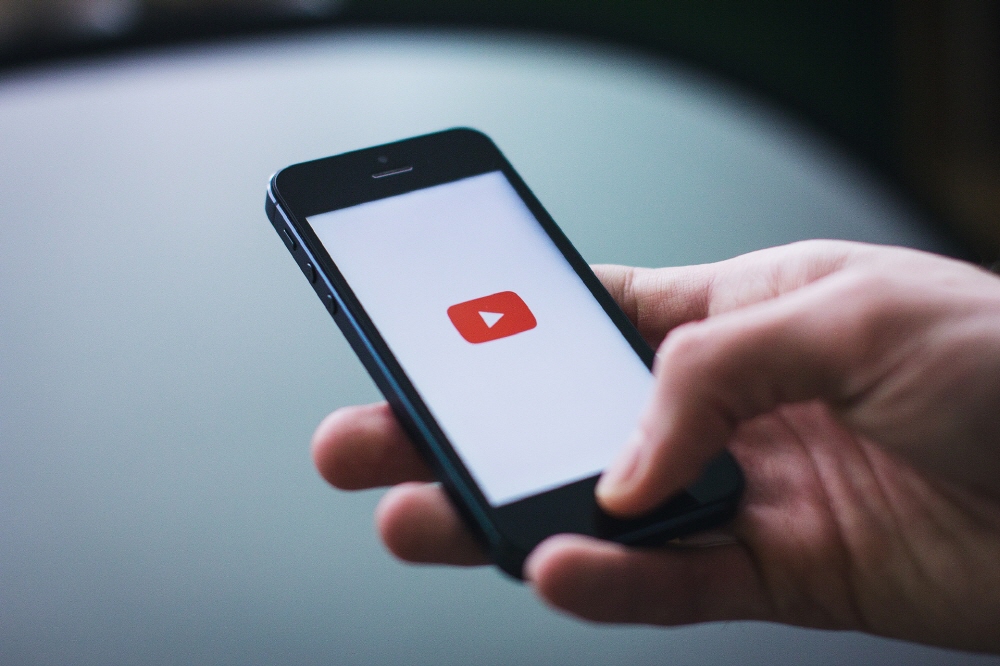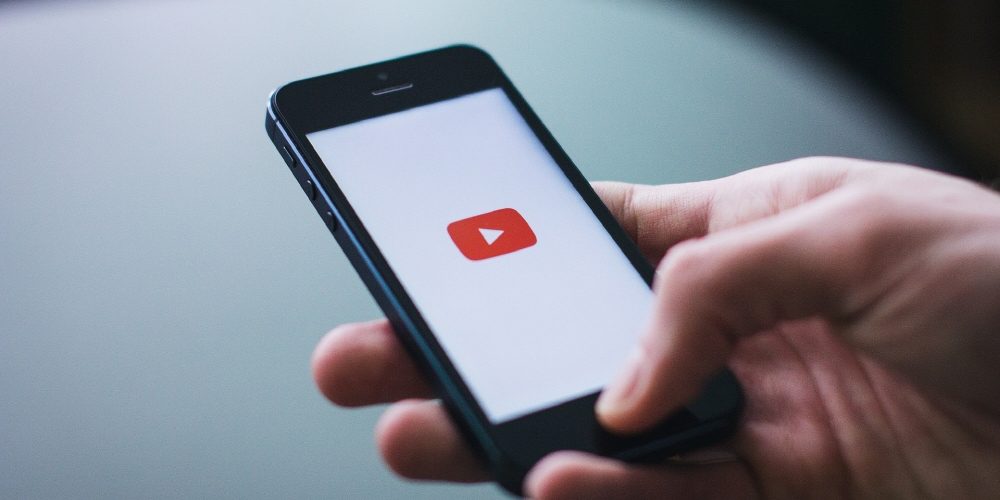
Youtube appeared 15 years ago. Most of the popular videos at the time were shot by existing media channels such as TV and were shared without permission from the copyright owner. For reference, Content ID (Content ID) was introduced in 2007.
Founded on February 14, 2005 by Steve Chen and Chad Hurley, it didn’t take much time for YouTube to get on track. It may be because of the younger generation who uploaded their own videos long before they started making money.
On January 28, 2005, David Lehre, a student at the University of Michigan, posted a short film MySpace: The Movie on his site. People who saw it downloaded the video and uploaded it to YouTube, which hit 6 million views in just a few weeks. Since then, he uploaded it as his own official video, and as of February 24, 2020, the official video was viewed more than 1 million times.
As young people became famous on the Internet, the existence of a new service called YouTube was discussed in numerous media, and David Herr started working on MTVU, a channel for students in MTV.
In 2005, video sharing sites such as Clipshack, VSocial, Grouper, Metacafe, Revver, OurMedia and Vimeo existed, but at that time YouTube Merciable, who pays attention to the potential of the company, explained that YouTube is far outperforming these services, and that blogs and web sites are appearing everywhere.
In December of the same year, the popular rap video Lazy Sunday appeared on YouTube. The LA Times posted a URL in the newspaper for anyone who wants to watch the video on YouTube. The main media, NBC, owns the video copyright. YouTube introduced a program called Content ID in 2007 and developed a technology that automatically recognizes content protected by copyright. However, it was before that, so if there were many copies of the video, they had to be removed from the site every time.
The New York Times 2006 article that reported that video duplication is happening online described the confrontation between NBC and YouTube, a major media company trying to seize content. About the posting of NBC video clips such as Lazy Sunday, YouTube contacted NBC Universal, but NBC announced that it should delete 500 of its videos from YouTube, and notified of legal action based on the Digital Millennium Copyright Act. Lazy Sunday was still available for free on the NBC website, and was released on iTunes at the time for $1.99.
It was around the first half of 2006 that it began to be steadily recognized on YouTube as part of Web 2.0. Until the advent of dot-com in the 2000s, it can be said that the early 90s was the time of the invention of the Internet. Web 1.0 had chat rooms, but online chat opportunities were limited, and not everyone could share videos or photos. Web 2.0 is a time when tools that can be shared with other users are explosively increasing without knowing how to code exchangeable on the Internet. Web 2.0 revolutionized online communication, for example, sites such as MySpace, which appeared in August 2003, and Flickr, which appeared in 2004.
Of course, basically YouTube has been built by content piracy, but it may be said that it is the opposite rather than incurring enormous losses. It was on October 9, 2006 that Google announced its acquisition of YouTube for $1.65 billion.
At the time, Google had its own video service called Google Video. Few were not surprised that such Google would acquire video-sharing service companies that depended on illegal content and were accused everywhere. The LA Times described YouTube as a suitable place for lightsaber fights and karaoke classes in 2006.
Content monetization began in earnest in 2007. Announce all kinds of strategies, including overlay ads. It began to develop a business model that allocates revenue while doing business with traditional media companies. 2007 is also the year of introducing Content ID. The only copyright infringement lawsuits were filed by US media companies Viacom.
On January 16, 2007, Senator Barack Obama announced through a YouTube video that he had set up a committee to consider running for president. This video (Barack Obama: My Plans for 2008) is still available now. Seven of the 16 candidates targeting president in 2008 will be running on YouTube. President Obama posted 1,800 videos on his YouTube channel throughout the campaign and set a record of over 110 million playbacks by election day.
On YouTube in 2009, a techno-utopian view was born and is regarded as a force of liberal democracy. In a 2009 document published by UCLA (Journal of Education and Information Studies), YouTube’s contribution to media democracy is to provide a broad range of innovative perspectives on the possibility of Internet-direct democracy with cultural, educational, social and political implications. In other words, YouTube provides individuals with opportunities to actively participate in building alternative cultures and promote the value of human identity and grassroots democratic society reconstruction. It also argues that those who make and consume YouTube videos respect each other and are doing their best to build a space where they can engage in an equal society. Of course, I’m not talking about whether YouTube has only moved in a really good way.
YouTube, which has grown through the 2010s, is ranked as the top 10 most popular social media platform in 2018. In 2018, a Pew Research Center survey found that 51% of teens aged 13-18 use Facebook while 85% of YouTube users.
Although YouTube has increased its influence, there were also many issues that were raised. Negative content about climate change or fake news can be said to be the tip of the iceberg among YouTube’s problems. It has been 15 years since YouTube was born, but it can be said that it is time to think about how YouTube, which has become a powerful media platform, should move forward.


















Add comment